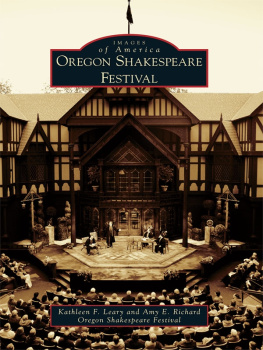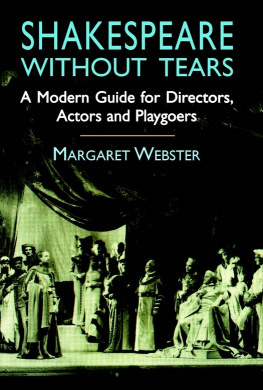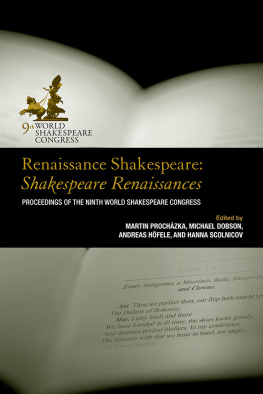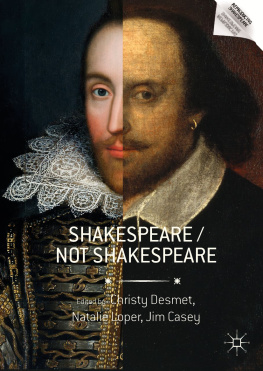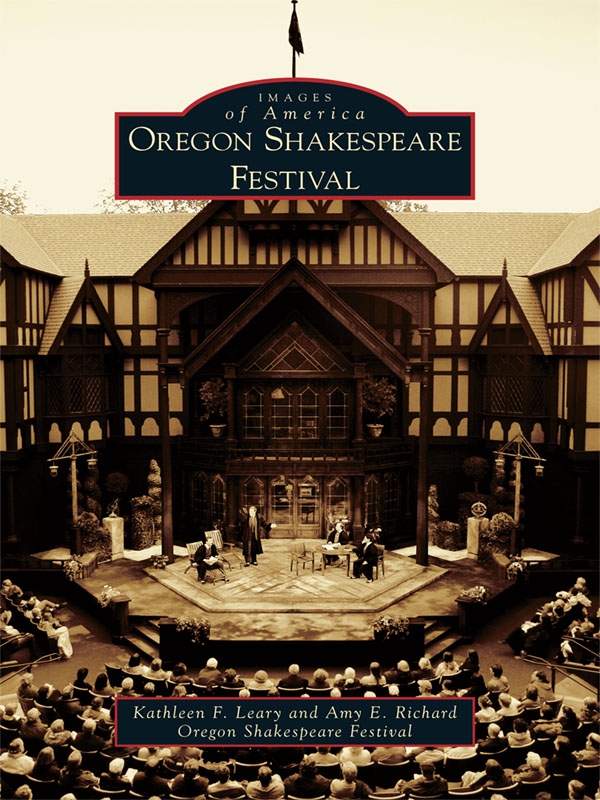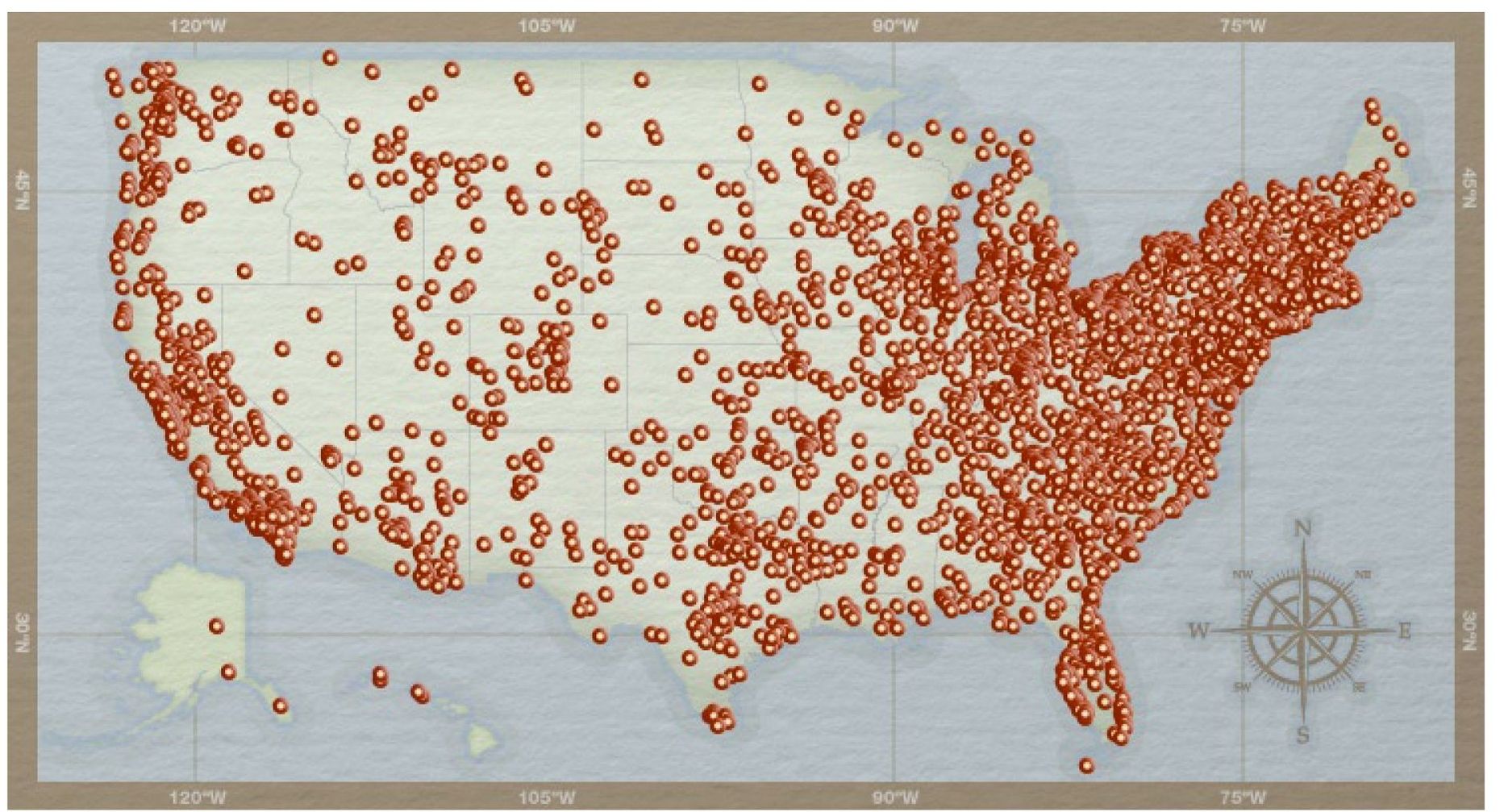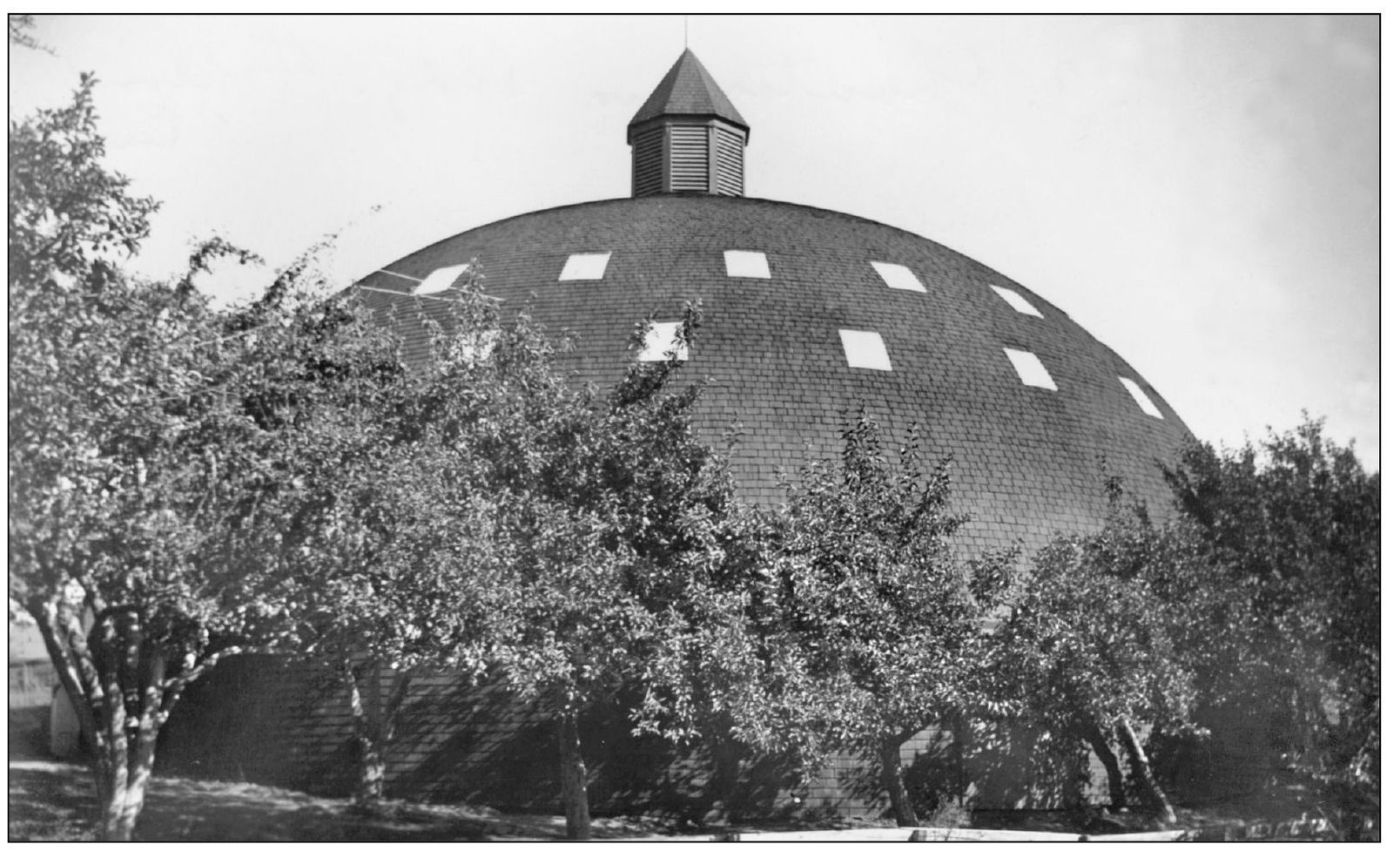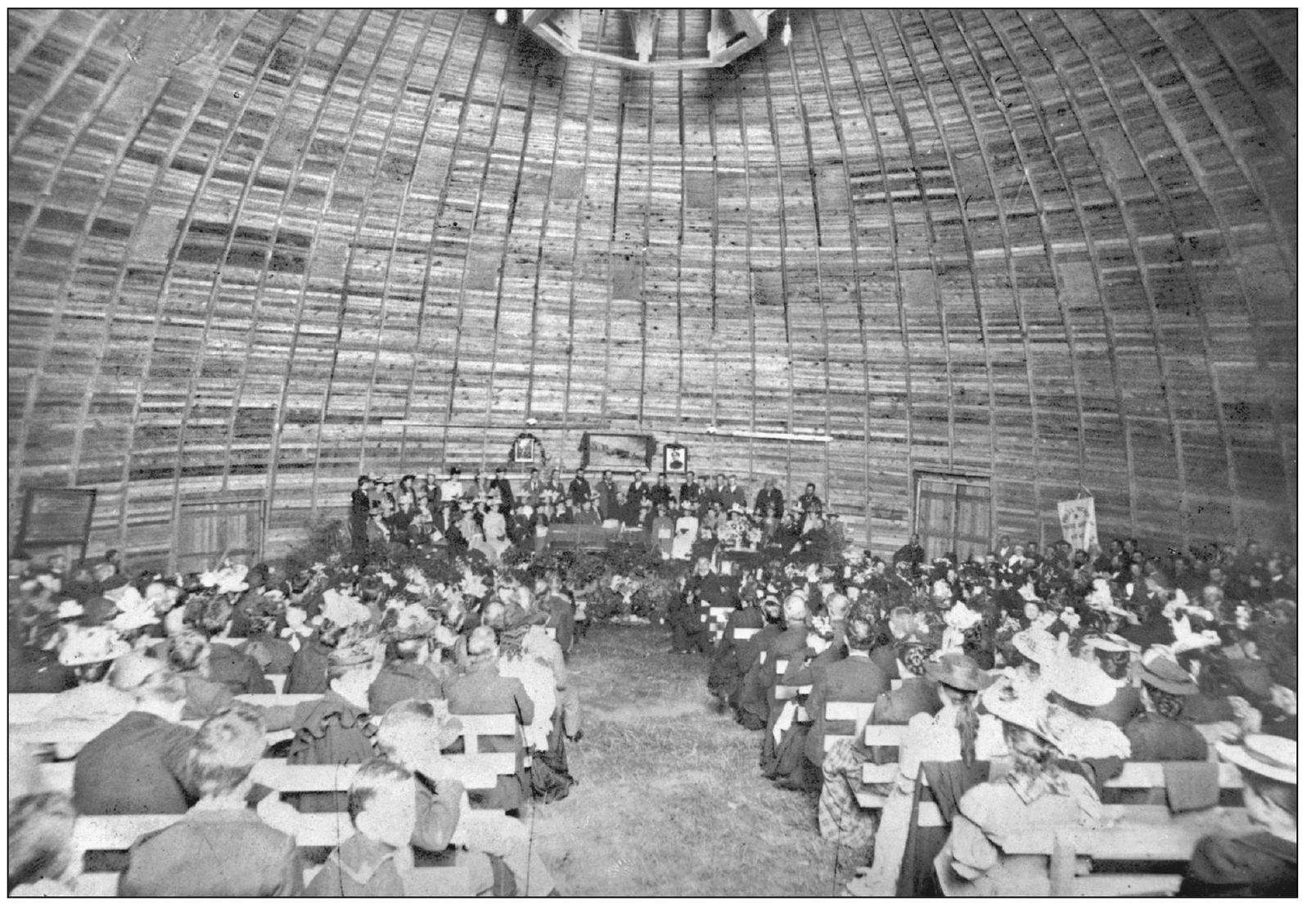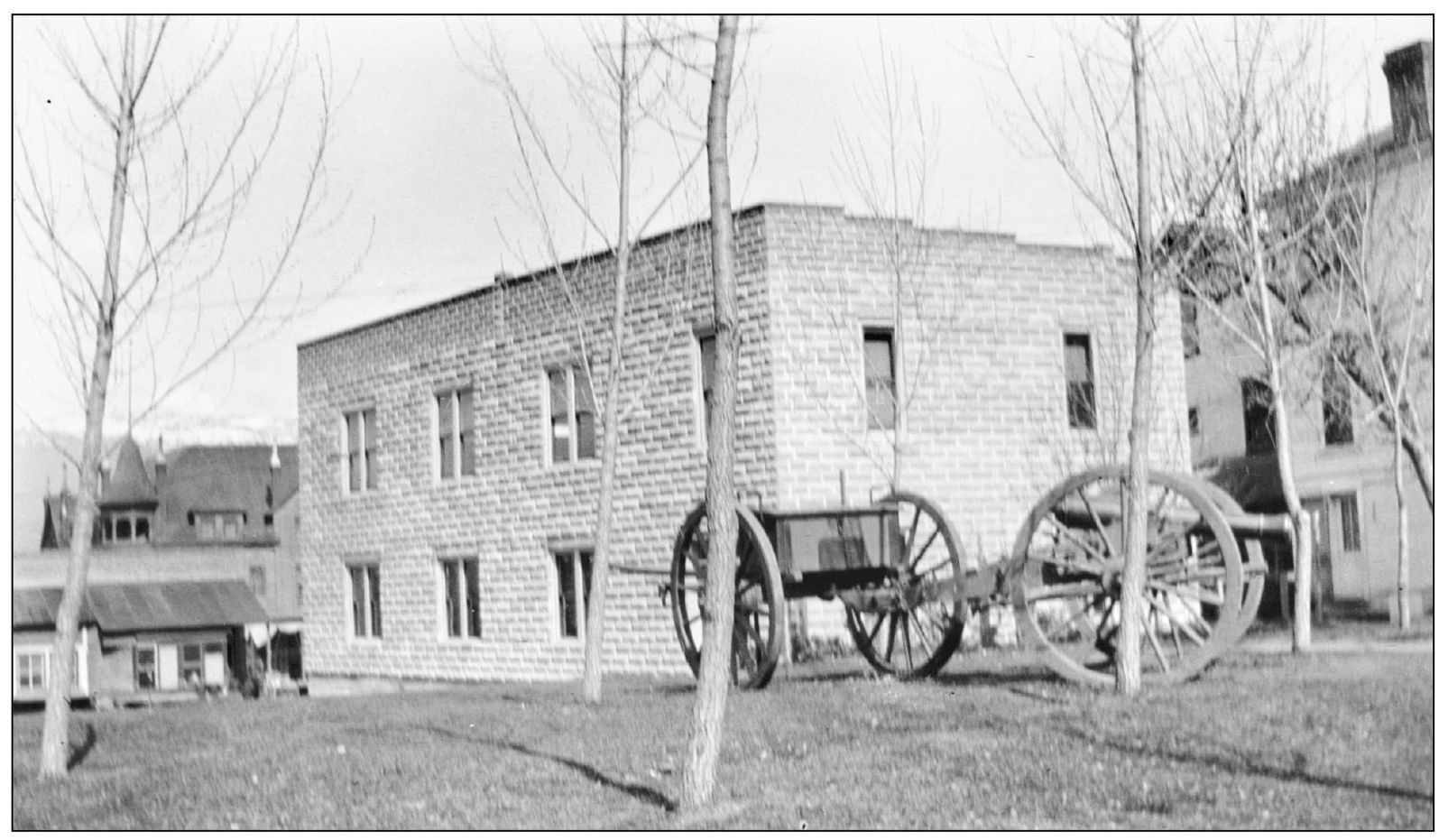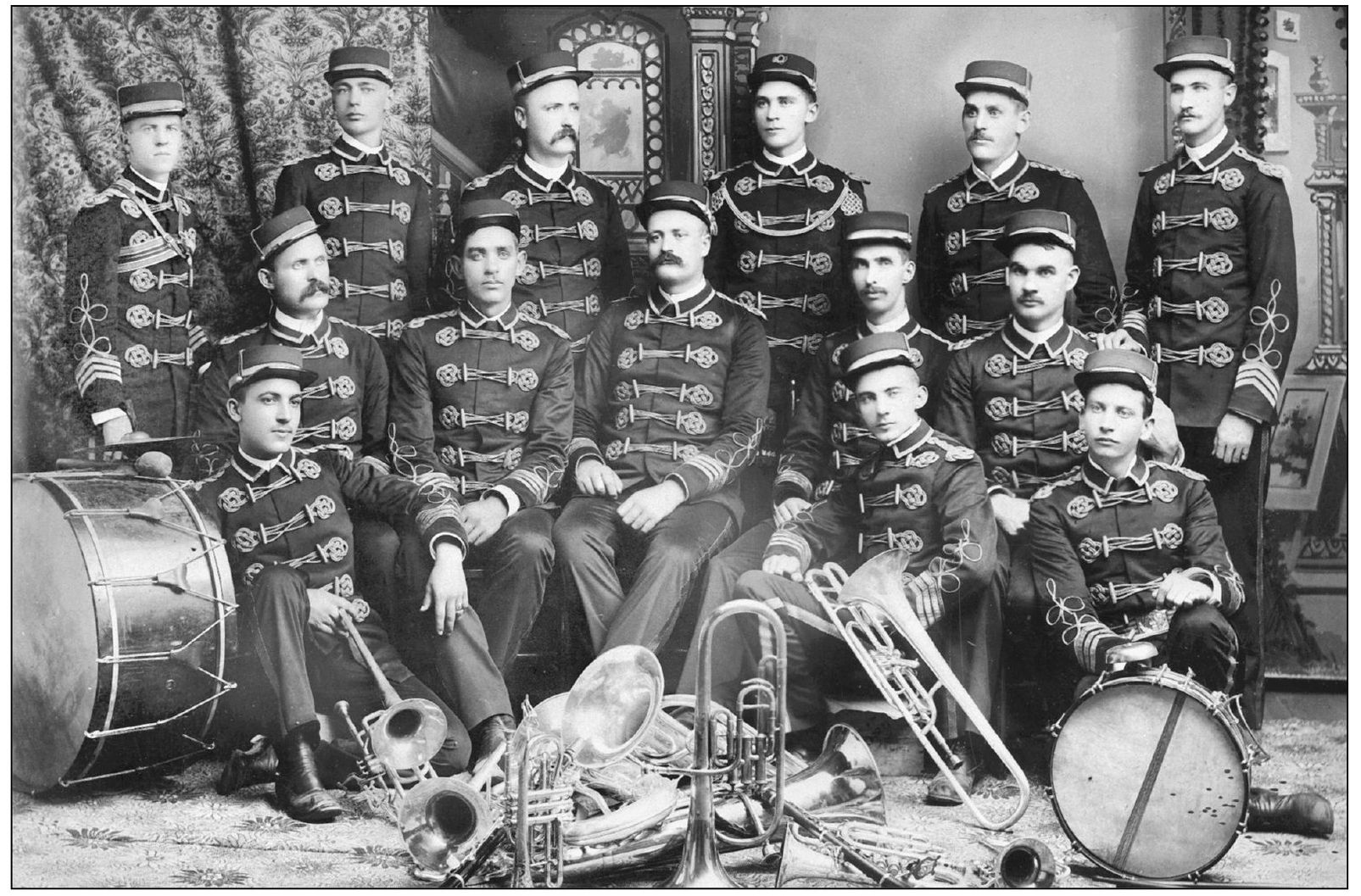ACKNOWLEDGMENTS
There are many people to thank in the building of this book, but in particular Angus Bowmer and Bill Patton for being champion pack rats, which allowed us to verify a multitude of myths and faulty memories with primary sources of factual information found within the OSF archives. Without the formation of the archives, set in motion by Kay Atwoods research for the Design and Exhibit Center 35 years ago, the task would have been much more difficult.
For the information about Ashlands early years, the sources were Marjorie OHarras Ashland: the First 130 Years ; V. William Oyler Jr.s doctoral dissertation, The Festival Story: A History of the Oregon Shakespearean Festival ; and Megan E. Geigners thesis for Reed College, The Southern Oregon Chautauqua Association: Building the Foundation of the Oregon Shakespeare Festival . Thanks to the Southern Oregon Historical Society for photographs, and Terry Skibby, who along with many photographs, provided clarifying historical details.
Angus Bowmers autobiography, As I remember, Adam , supplied a wealth of information, and we thank all the writers of the festivals past publicationssouvenir programs, newsletters, prologues, and brochures, which were an invaluable source of information. We also thank those who took time to share their memories of their work here: Bill and Shirley Patton, Richard Hay, Pat Patton, Kathy Oyler, Judy Bjorlie, Judy Kennedy, Nora Yeoman, and others.
Kudos to the volunteers in the festival archives, Judy Kennedy, Nancy Menken, and Barbara Seropian, who pulled the photographs and who will undoubtedly refile them. Huge thanks to Jenny Graham, staff photographer, who scanned and prepared all the photographs, and to the photographers: Rick Adams, Christopher Briscoe, David Cooper, T. Charles Erickson, Jenny Graham, Andre Lanthier, Hank Kranzler, Jennifer Reiley, and others.
We appreciate those who read through this and made valuable suggestions: Kimberley Jean Barry, Nan Christensen, Catherine Foster, Paul Nicholson, Bill Rauch, and Hilary Tate. And thanks to Linda Fern, Mallory Pierce, Ed Pearson, and Fritz Schneider for additional support. Finally thank you to Sarah Higginbotham at Arcadia Publishing, who approached us about this book.
Unless otherwise noted, all images appearing are courtesy of the OSF archives.
Find more books like this at
www.imagesofamerica.com
Search for your hometown history, your old
stomping grounds, and even your favorite sports team.
One
SETTING THE STAGE 18931934
In his autobiography As I remember, Adam , Angus Bowmer wrote about the important role of accident, coincidence, and fate in the development of the Oregon Shakespeare Festival. Years before the festival was founded, however, it seems that fate played a title role in preparing Ashland and Bowmer for their meeting in 1931.
In Chautauqua, New York, in 1874, decades before Bowmer was born, a nationwide movement was founded, spreading arts and culture across the country. The residents of Ashland, eager to capitalize on this educational opportunity, supported the building of an independent Chautauqua dome in 1893.
While Ashland was enjoying the benefits of the Chautauqua summer camps, Bowmers grandmother was drilling him for declamatory contests in Oak Harbor, Washington. She also taught him that society rewards people for service to society. Bowmer reports that at age nine, he felt he would do something important, but as he felt himself to be the least talented in his family, he decided to specialize in something that no one else would. Because no one else was doing it, he would become the best in his family. Little did he realize that his specialty would be the performance of Shakespeare on an Elizabethan stage.
Years later as a theater student at the University of Washington, Bowmer met B. Iden Payne, a theater scholar and director, who inspired Bowmers love for Shakespearean production on an Elizabethan stage. Upon graduation, Bowmer sought a position teaching drama and speech, and in 1931, in the midst of the Depression, he was fortunate to find a position training grade school teachers at Southern Oregon Normal School.
Though there was no drama department, Bowmer found ways to satisfy his theatrical creativity and to discover potential audiences as well as people key to his future theater. And always there was the roofless Chautauqua structure and its likeness to Shakespeares Old Globe that excited Bowmers imagination. Here he and his friends hoped to build a Shakespearean festival and revive the tradition of Chautauquas summer festival.
Ashland of the 1880s and 1890s was a town of roughly 900 residents. The railway provided north-south travel, and stagecoach lines took goods and passengers over the Siskiyou Mountains and Greensprings. The Ashland Electric Power and Light Company generated enough electricity to light the citys streets and homes. Left of center is the first Chautauqua dome, built in 1893. The Southern Oregon Chautauqua Association (SOCA) was formed in 1892 by Rev. J. S. Smith, who had suggested the series be held in Central Point. Reverend Stratton of Portland University argued that Ashland was a better site, with more amenities and a lovely campsite in Ropers Grove on the banks of Ashland Creek. Among the amenities were the Ashland Hotel (large building, center) and the Ganiard Opera House (to the right of the hotel). (Courtesy of Terry Skibby Collection.)
The Chautauqua dome in Ashland was erected in 1893 in 10 days; the first performance was held on July 5. The program ran from the 5th through the 14th and cost $1 for the entire 10 days. The dome was 80 feet high and 40 feet wide, without interior posts or pillars. The inside had a dirt floor, canvas window coverings, and could accommodate 1,000 people. The acoustics were said to be excellent. Located above the downtown plaza, it was called the Chautauqua Tabernacle. SOCA paid for the building and talent by selling $10 bonds to local businesses and individuals. In 1894, G. F. Billings was elected president of SOCA.
The Grand Army of the Republic (GAR) building, pictured here in the early 1900s, was constructed for activities for veterans of the Union army who had served in the Civil War. The building, later referred to as Pioneer Hall, became the YMCA and was located along the Chautauqua walkway and adjacent to the Chautauqua grounds. (Courtesy of Terry Skibby Collection.)

